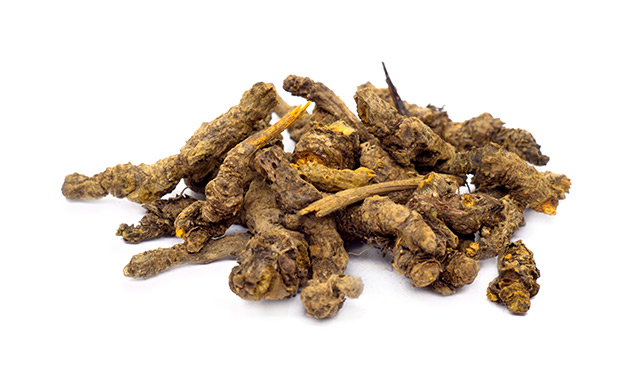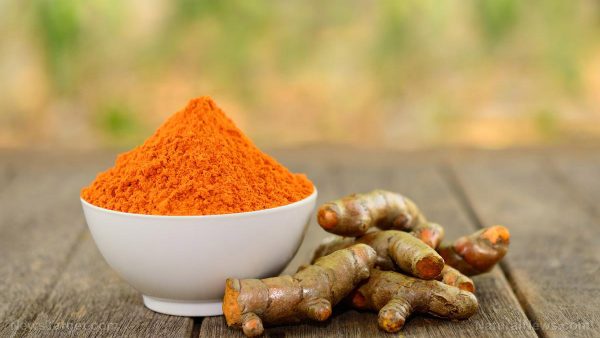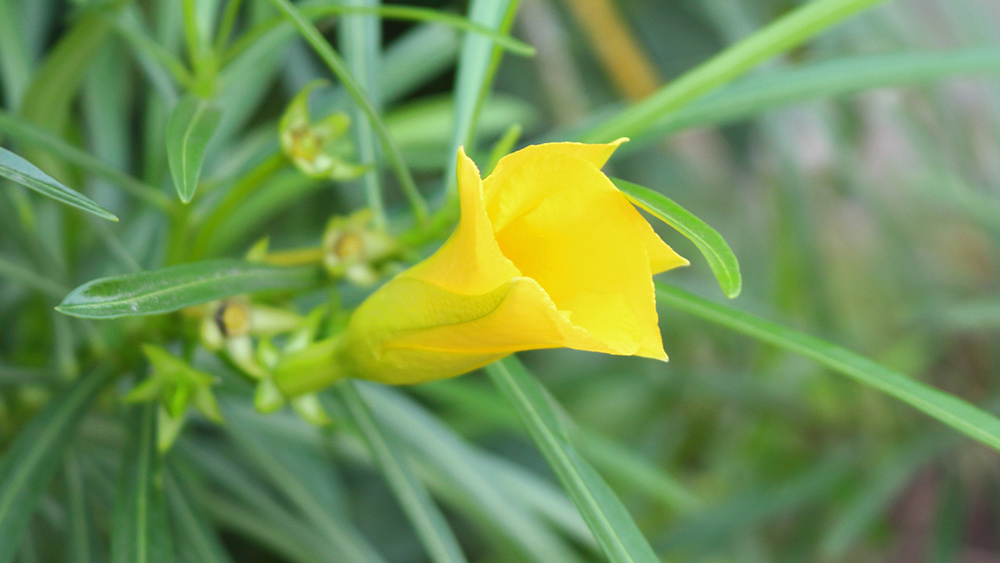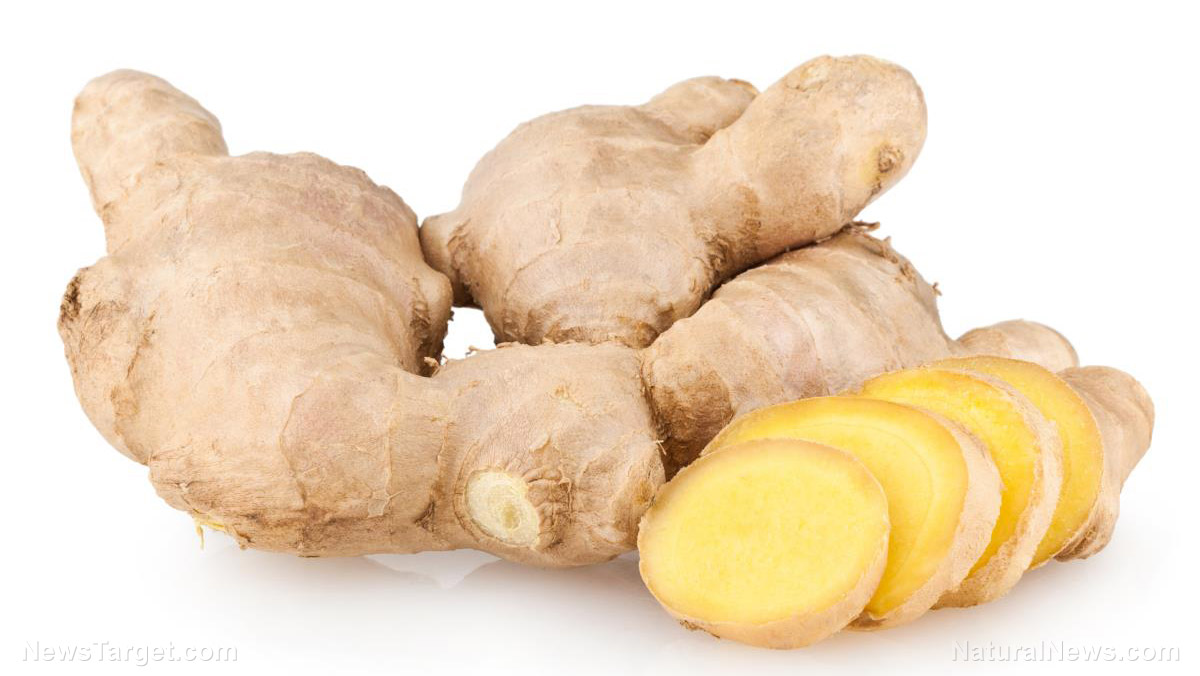Chinese goldthread might offer the ideal treatment for people with brain cancer
07/31/2018 / By Rhonda Johansson

Roughly sixty percent of all brain cancer are gliomas, a tumor that starts in the glial cells of the brain or the spine. There are many different grades of gliomas; each describing a variance in growth potential and aggressiveness. Regardless, conventional therapies involving radiation and chemotherapy drugs have been shown to be inconsistent in how successful they are in treating these tumors. This has led researchers to look at alternative natural remedies. A promising candidate lies in the Chinese goldthread (Coptis chinensis). A recent study published in BMC Complementary and Alternative Medicine has concluded that this traditional Chinese herb is remarkably effective at treating gliomas.
- The anti-glioma effect of the Chinese goldthread was determined using six different measurements.
- 3-(4,5-dimethyl-2-thiazolyl)-2,5-diphenyl-2-H-tetrazolium bromide (MTT) method
- Plate clone test
- Scratch tests
- Flow cytometry
- Western blotting
- Glioma xenograft tumor model
- All six tests showed that the Chinese goldthread suppressed glioma cell proliferation, tumor formation, migration, and tumor growth, and prolonged the survival time of glioma cell-bearing mice.
- Chinese goldthread was found to induce apoptosis in glioma cells while down-regulating essential transcription processes in malignant tumors.
Chinese goldthread effectively inhibited various functions of cancerous glial cells. These results suggest the herb’s potential use in treating brain cancer caused by glioma.
Read the full text of this study at this link.
There are many natural cures to cancer. You can find more of these remedies at CancerSolutions.news.
Journal reference
Li, J., Ni, L., Li, B., Wang, M., Ding, Z., Xiong, C., and Lu, X. COPTIS CHINENSIS AFFECTS THE FUNCTION OF GLIOMA CELLS THROUGH THE DOWN-REGULATION OF PHOSPHORYLATION OF STAT3 BY REDUCING HDAC3; BMC Complementary and Alternative Medicine; 2017, 17:524; DOI: https://doi.org/10.1186/s12906-017-2029-0
Tagged Under: alternative treatment, brain cancer, brain tumor, cancer cure, gliomas, herbal remedies, natural cures, natural remedies, Natural Treatments, traditional Chinese medicine






